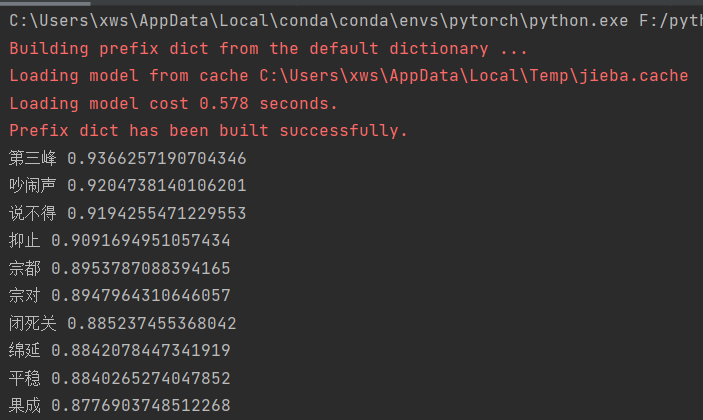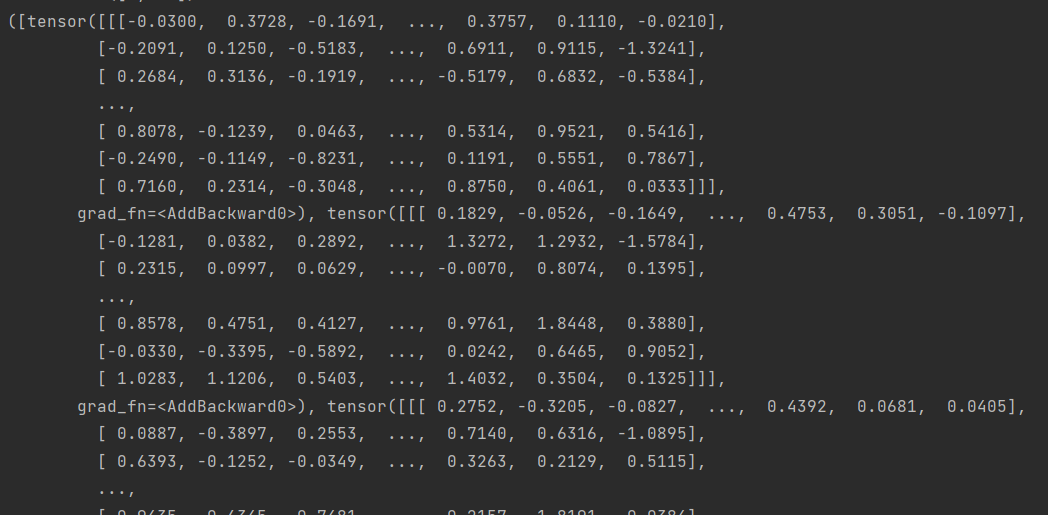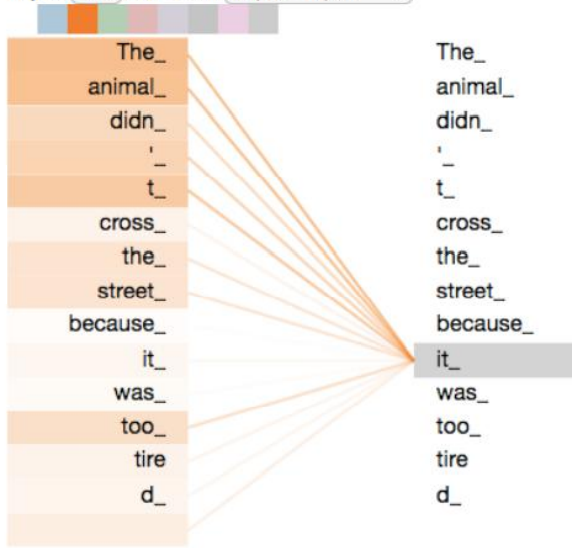1.word2vec的使用方法
word2vec生成词向量的可以分为三步:
分词->训练->调用模型
# 数据集是我随便找的一篇小说
import jieba
from gensim.models import word2vec
# 数据预处理
def load_train_data(filename):
# 数据预处理
sentences=[]
with open(filename, 'r', encoding='utf-8') as reader:
for line in reader:
line = line.strip()
if len(line) >= 10:
sentences.append(line)
return sentences
# 使用结巴分词
def segment(sentences):
words=[]
for sentence in sentences:
# word=pseg.cut(sentence) # 带分词的词性
word=jieba.cut(sentence) # 只是分词,不带词性,分完词之后,使用一个list装起来
result=''
for w in word:
result+=' '+w
words.append(result)
# 读取每一行文本,将所有的文本写
with open('F:\\python\\NLPBase\\data\\test.txt','a',encoding='utf-8') as fw:
for result in words:
fw.write(result)
pass
fw.close()
return words
# 生成word2vec模型,生成词向量
def word2vect(filepath):
sentences = word2vec.LineSentence(filepath)
model = word2vec.Word2Vec(sentences, hs=1, min_count=1, window=3, vector_size=10)
model.save('model') # 保存模型
#======================================
# 加载数据集
sentences=load_train_data('F:\\python\\NLPBase\\data\\dataset.txt')
# 分词
words=segment(sentences)
#训练
word2vect('F:\\python\\NLPBase\\data\\test.txt')
model = word2vec.Word2Vec.load('model') # 加载模型
# 找出一个词向量最近的词集合
for val in model.wv.similar_by_word("南方", topn=10):
print(val[0], val[1])
pass
结果:

2.bert的简单使用
bert的使用可以简单的分成三步:
加载bert分词器->加载bert模型->分词->将token转为vocabulary索引->训练->生成词向量
注意:这个其中有一个bert数据的加载,如果是从网上下载的文件一般有三份东西,json包,bert预训练模型,语料表,一旦下载过来了这三个文件的名称就不能修改了,不然就会出错。
import torch
from pytorch_pretrained_bert import BertModel, BertTokenizer
# 注意这个bert的配置文件可以从网上下载,也可以直接加载网上的,我这里是直接加载网上的,如果你下载了这些配置文件到本地,则就直接填写路径就可以了
# 加载bert的分词器
tokenizer = BertTokenizer.from_pretrained('bert-base-uncased')
# 加载bert模型,这个路径文件夹下有bert_config.json配置文件和model.bin模型权重文件
bert = BertModel.from_pretrained('bert-base-uncased')
# 分词
s = "I'm not sure, this can work, lol -.-"
tokens = tokenizer.tokenize(s)
# "i\\'\\m\\not\\sure\\,\\this\\can\\work\\,\\lo\\##l\\-\\.\\-"
# 将token转为vocabulary索引
ids = torch.tensor([tokenizer.convert_tokens_to_ids(tokens)])
# 放到bert模型中训练
result = bert(ids, output_all_encoded_layers=True)
print(result)
结果

3.总结
bert和word2vec其实都是生成词向量,区别就是在于,word2vec中的词向量是固定的,他只会把意思相近的词放在相近的位置。

但是这样的做法有点不妥的地方就是,不同的文章中的语意是不一样的。比如:

比如这两句话中的it指代的意思不一样的,所以it与每一个词的关系也不一样。

所以就引入了Transformer中的self-attention机制。使得每个词之间与上下文之间的权重不一样,这样就能更好的表达词语之间的语义信息,这就是bert。